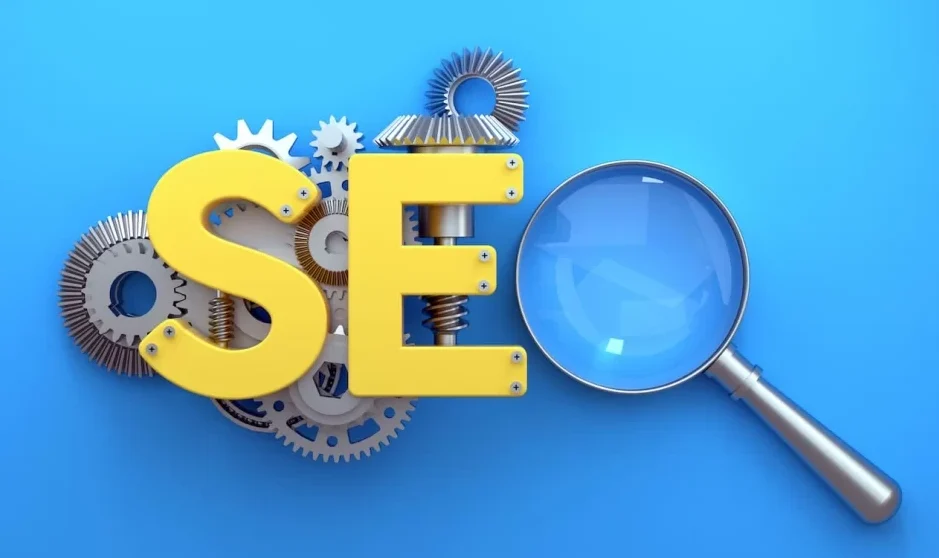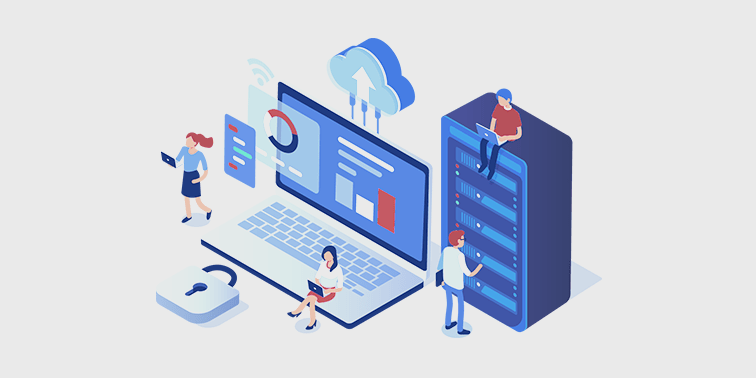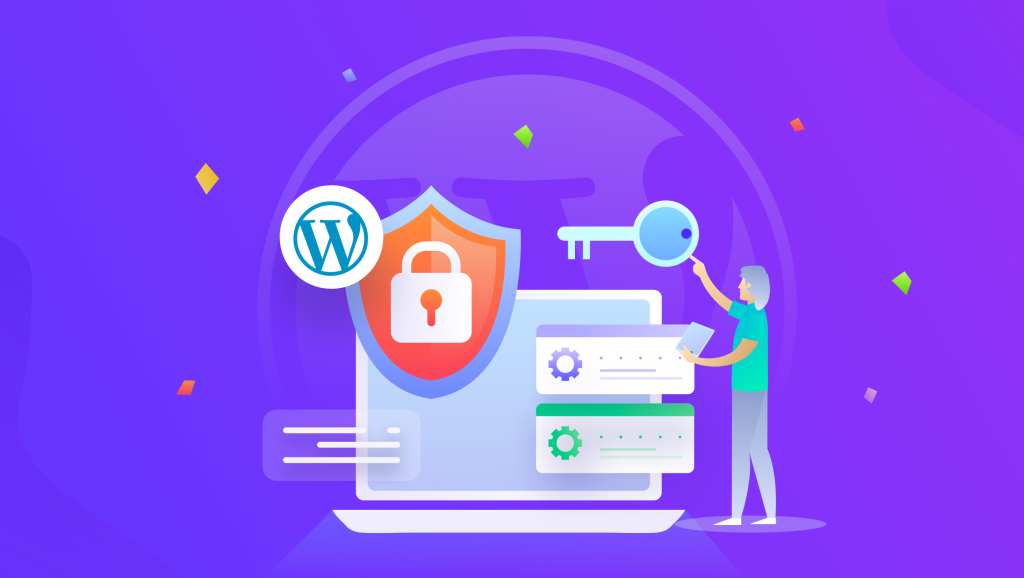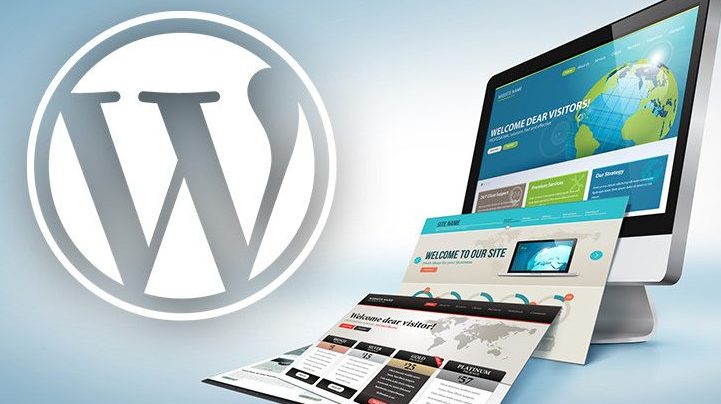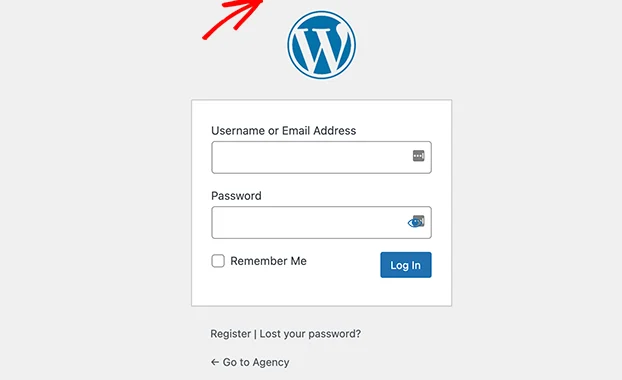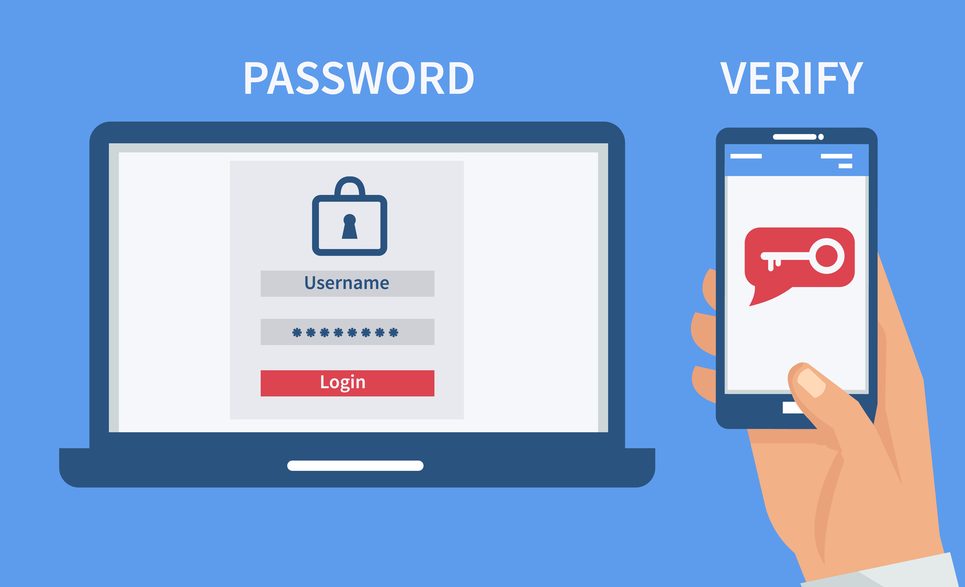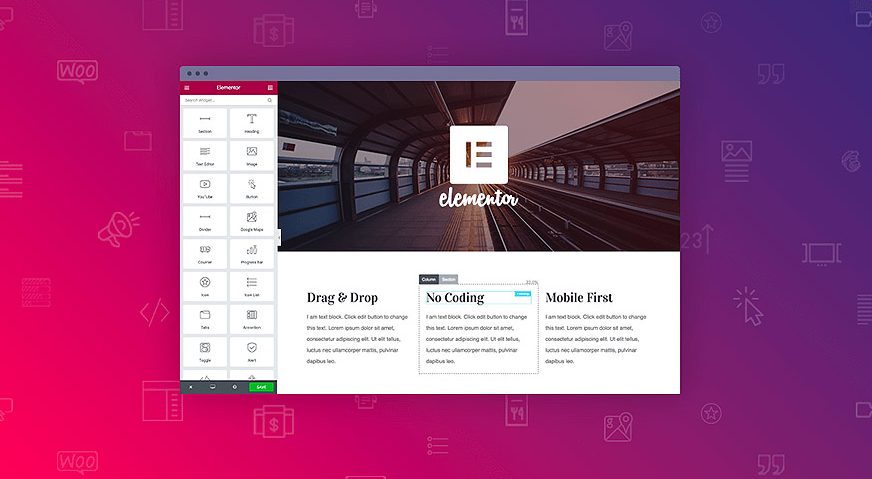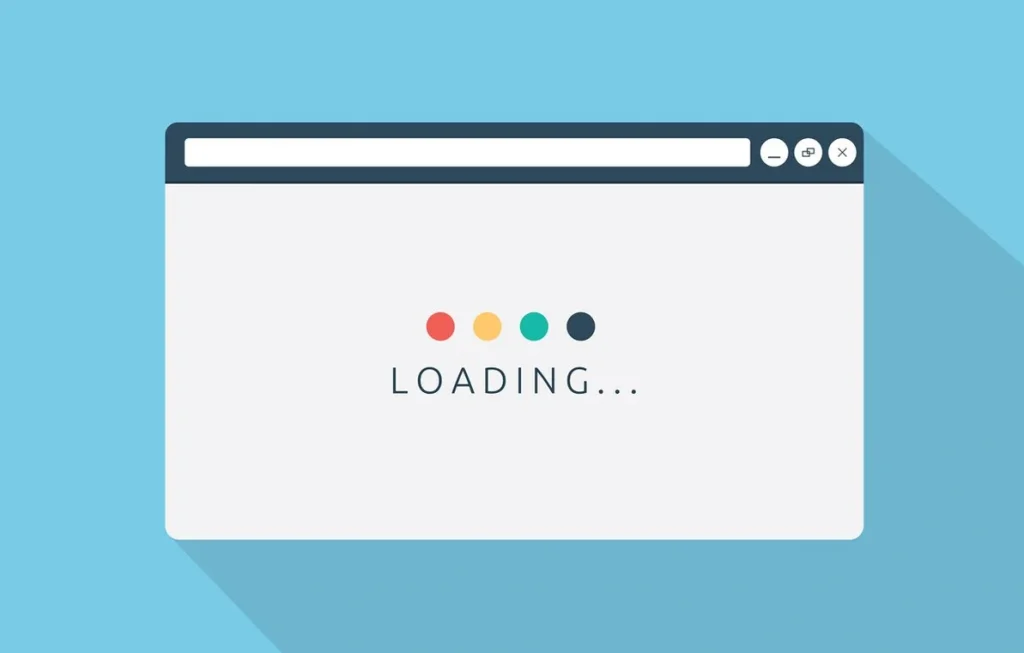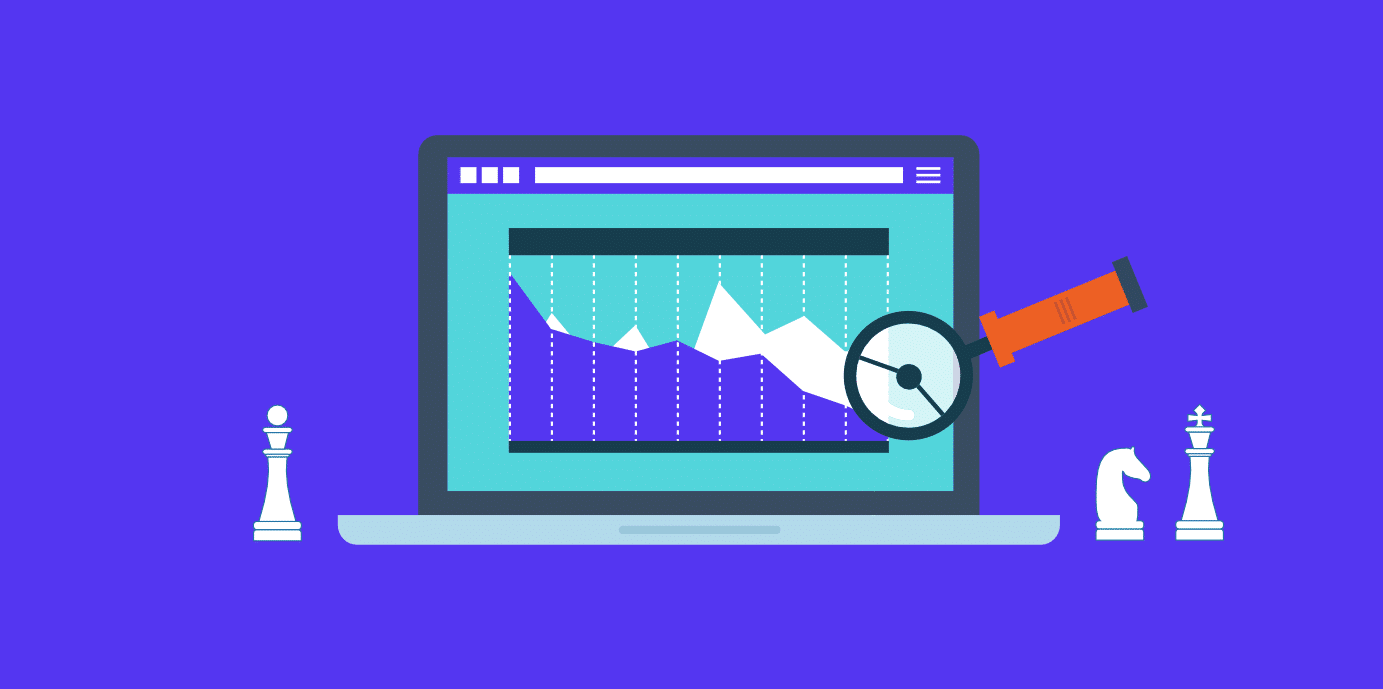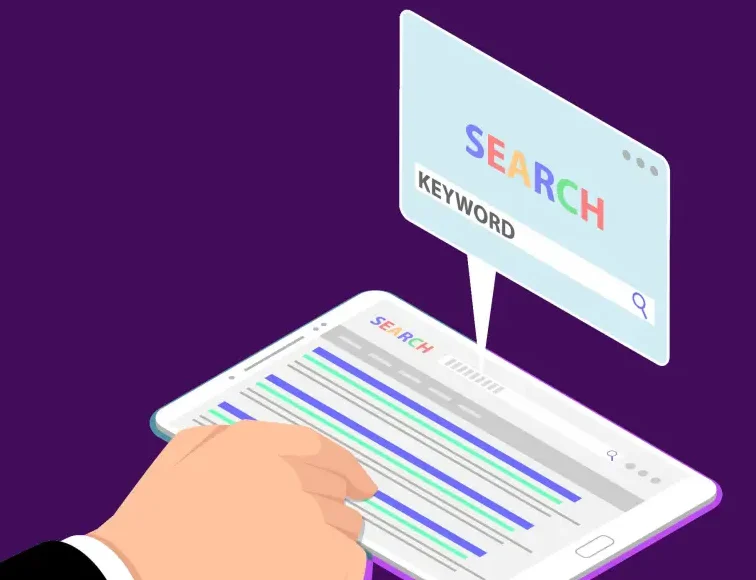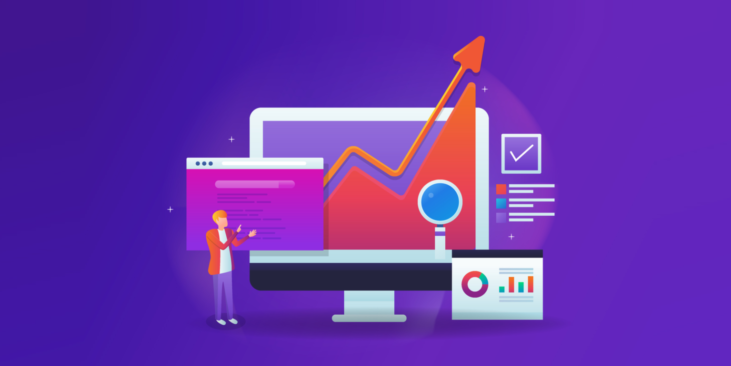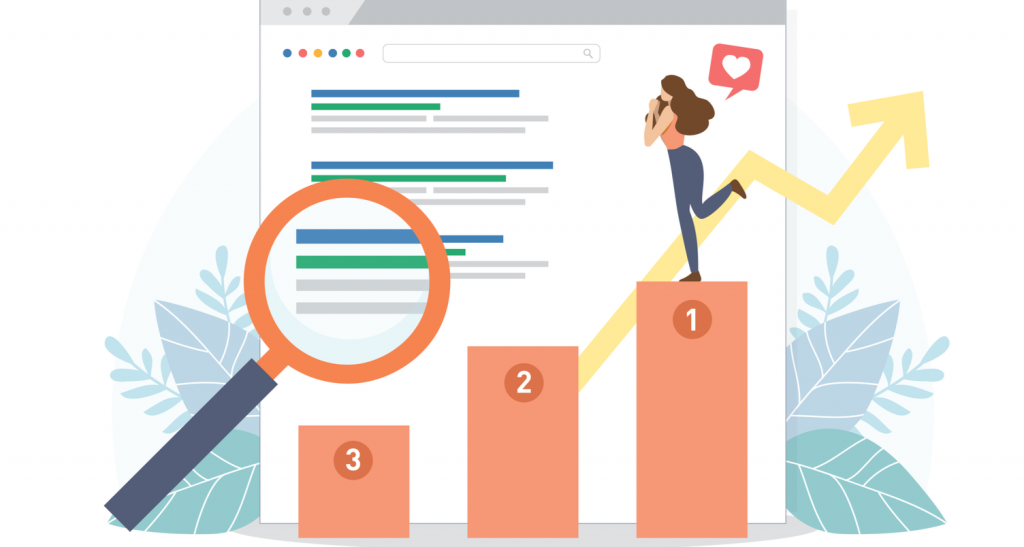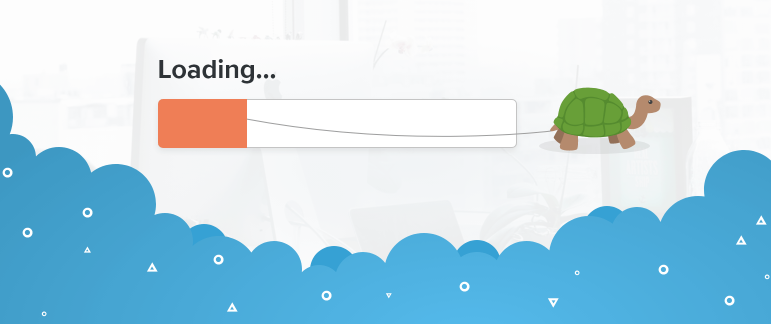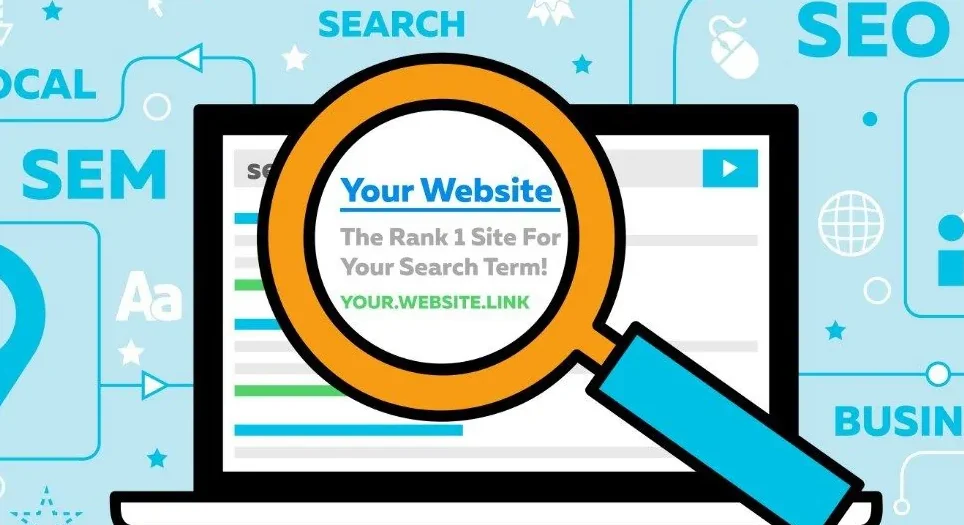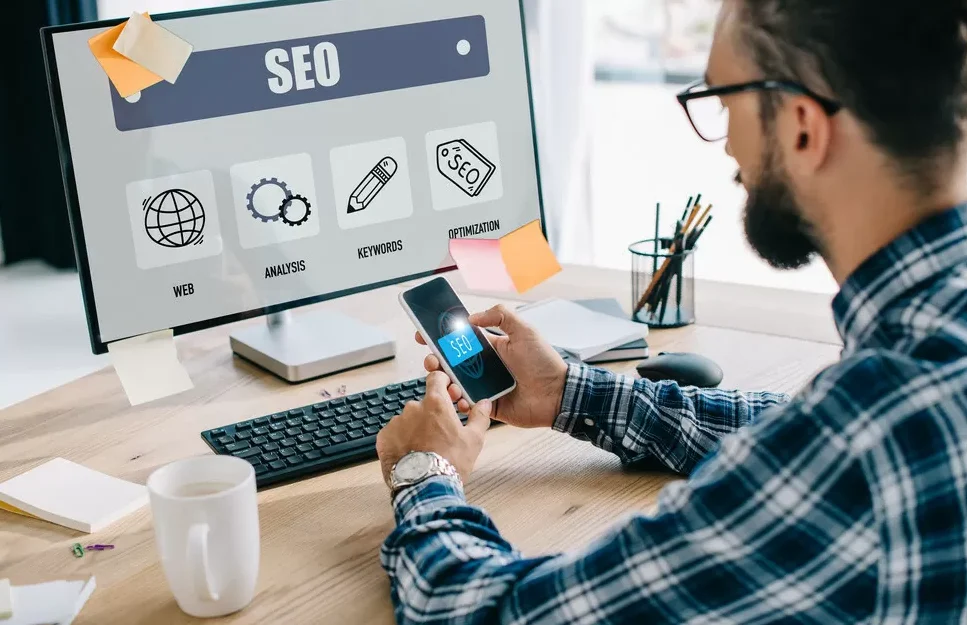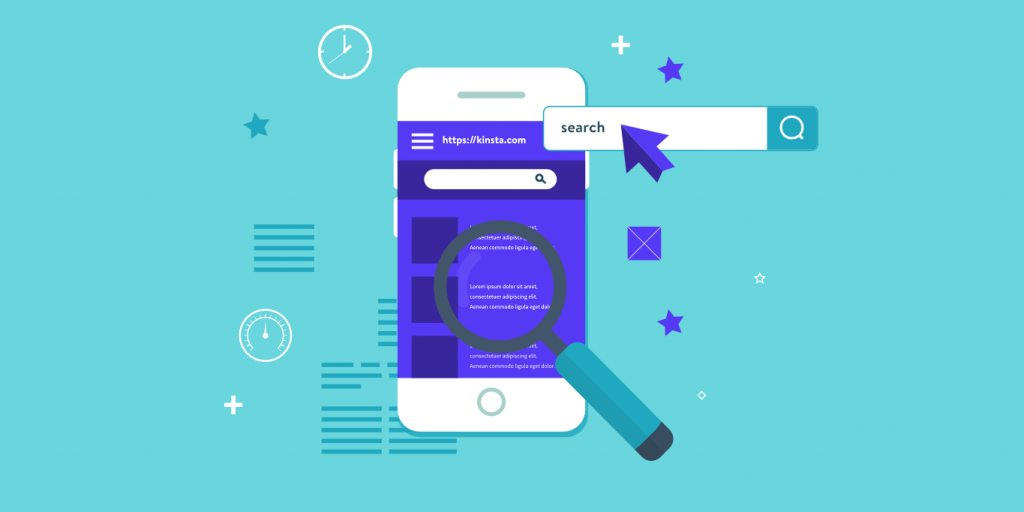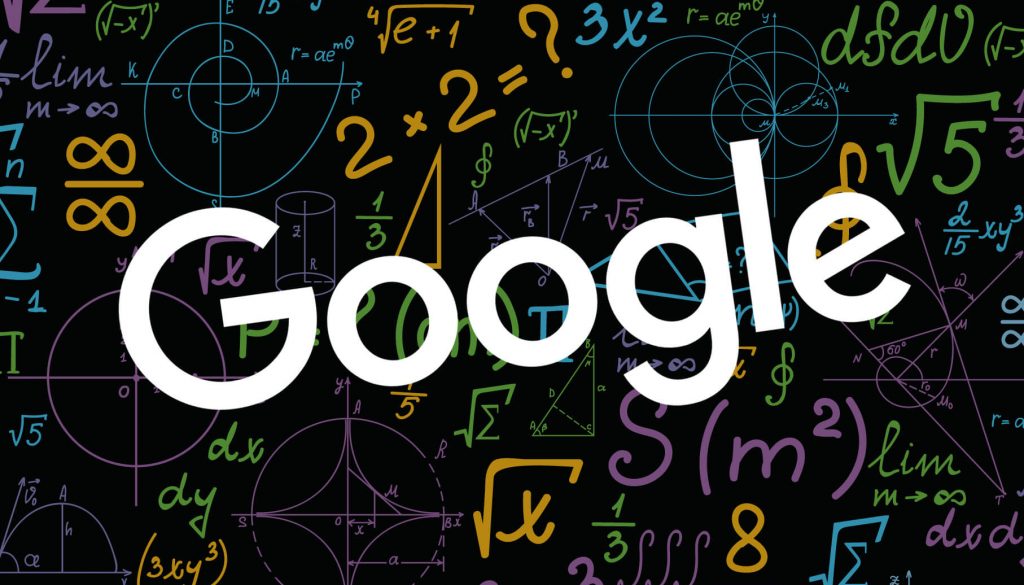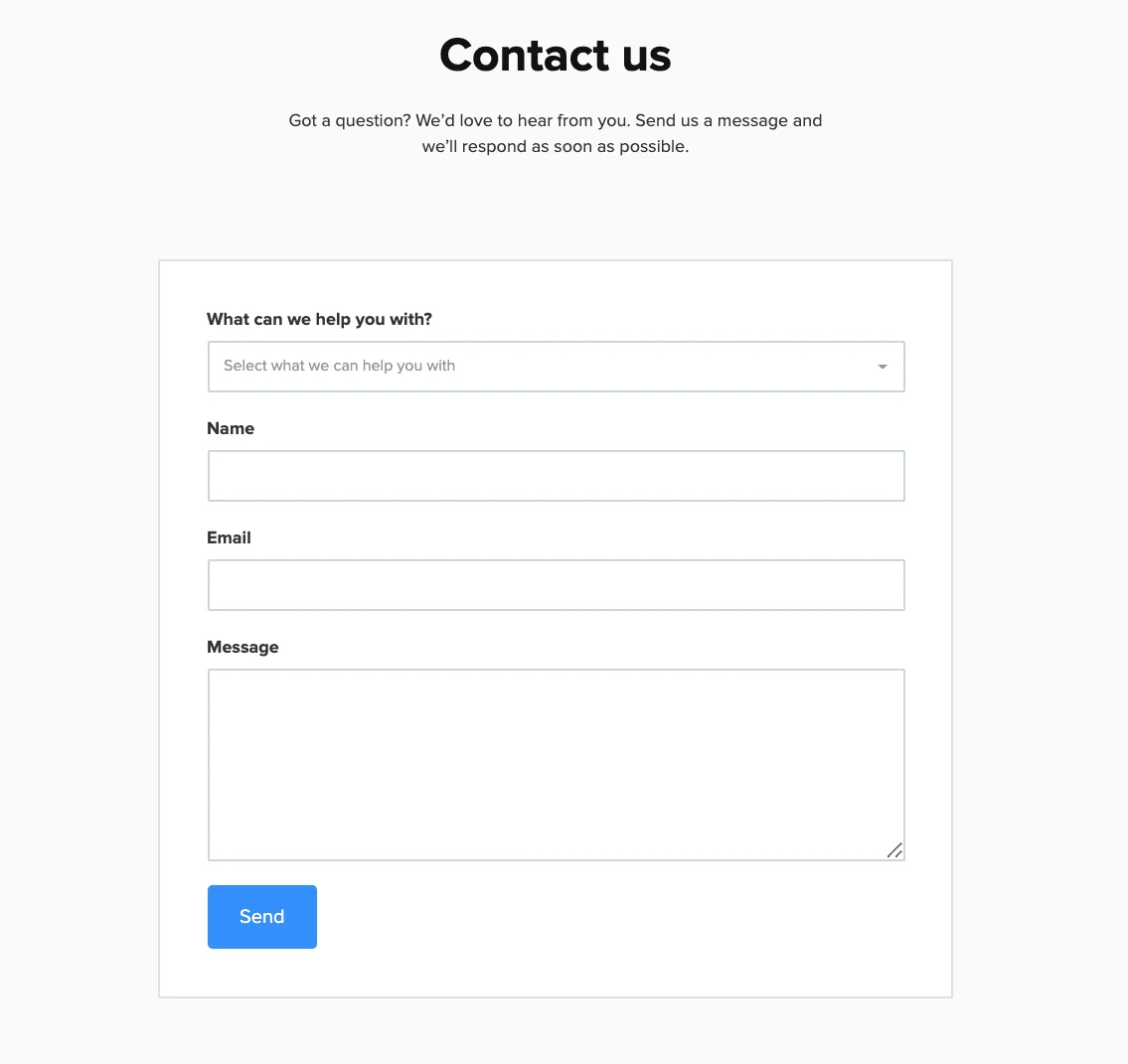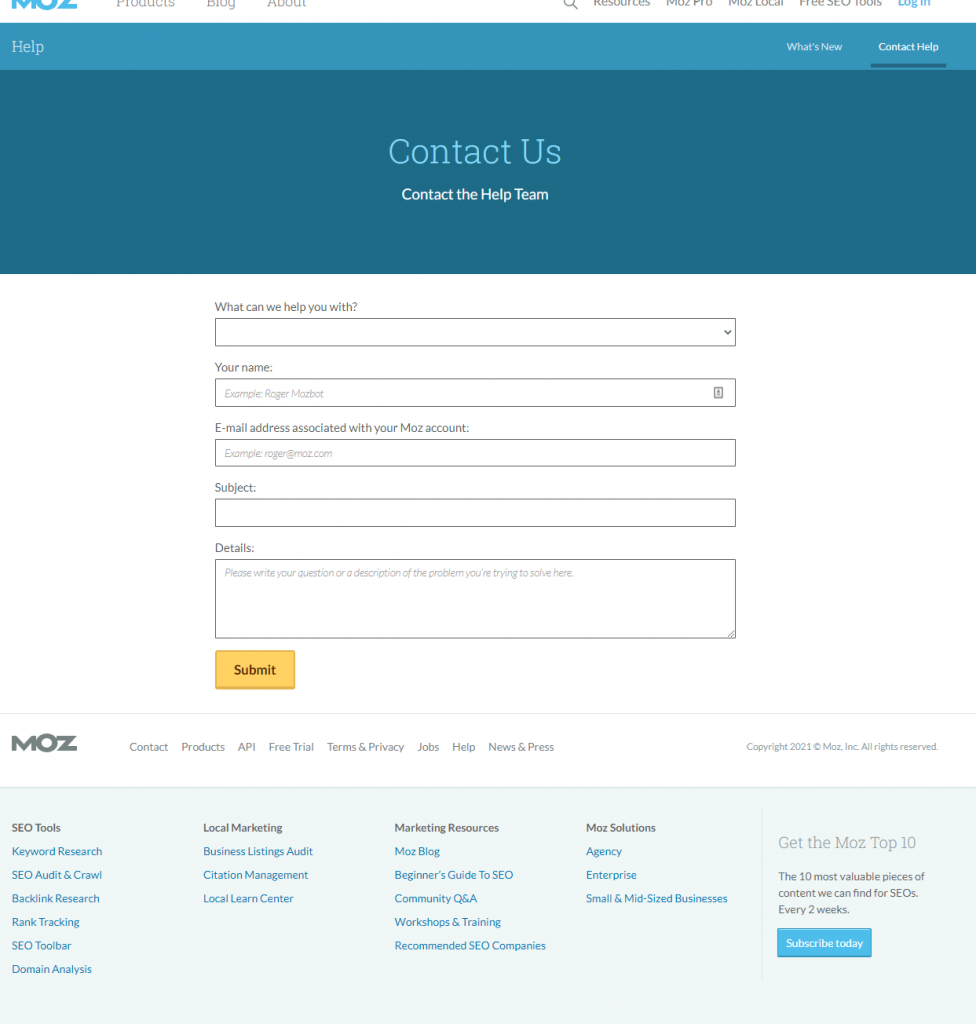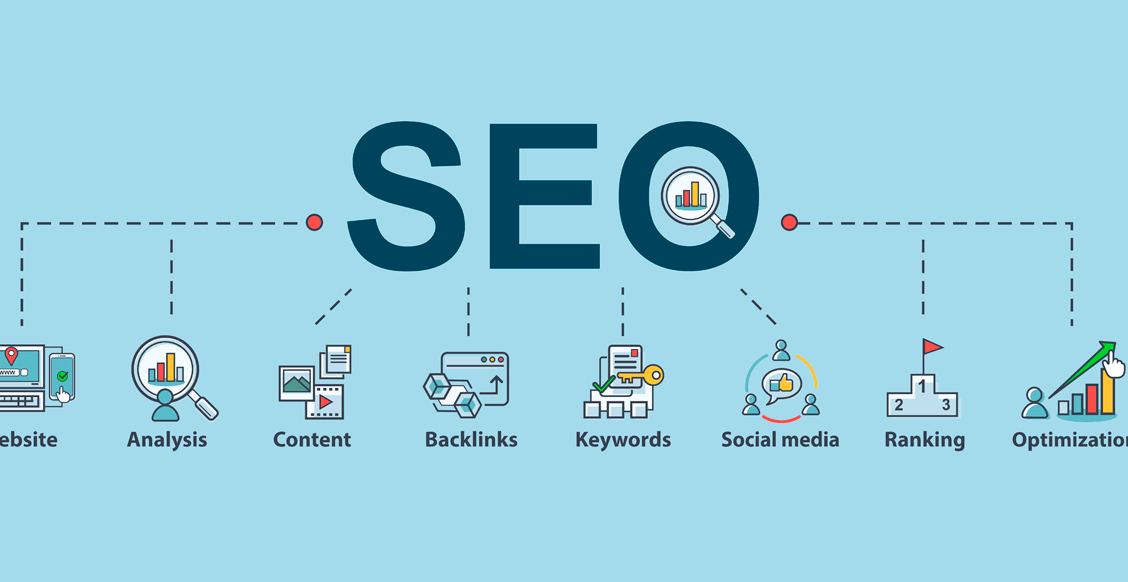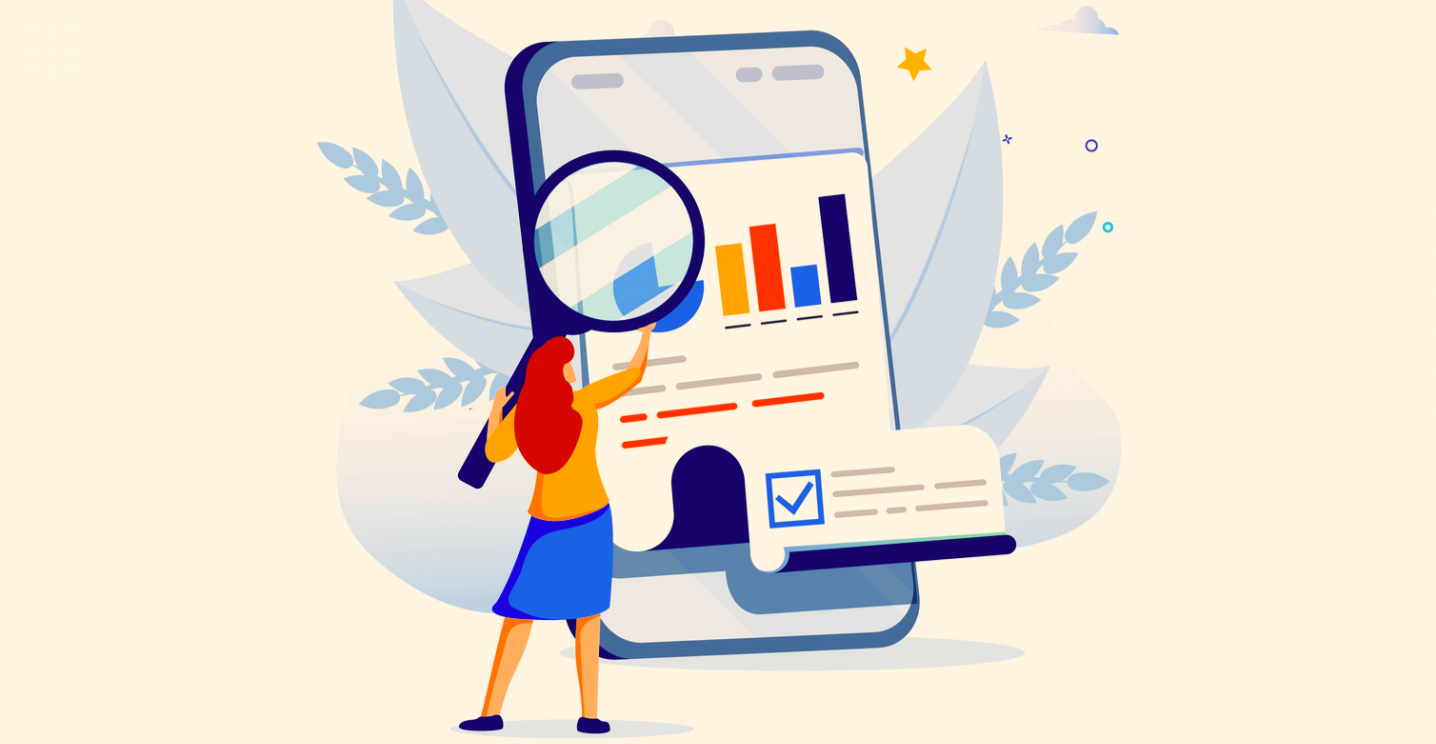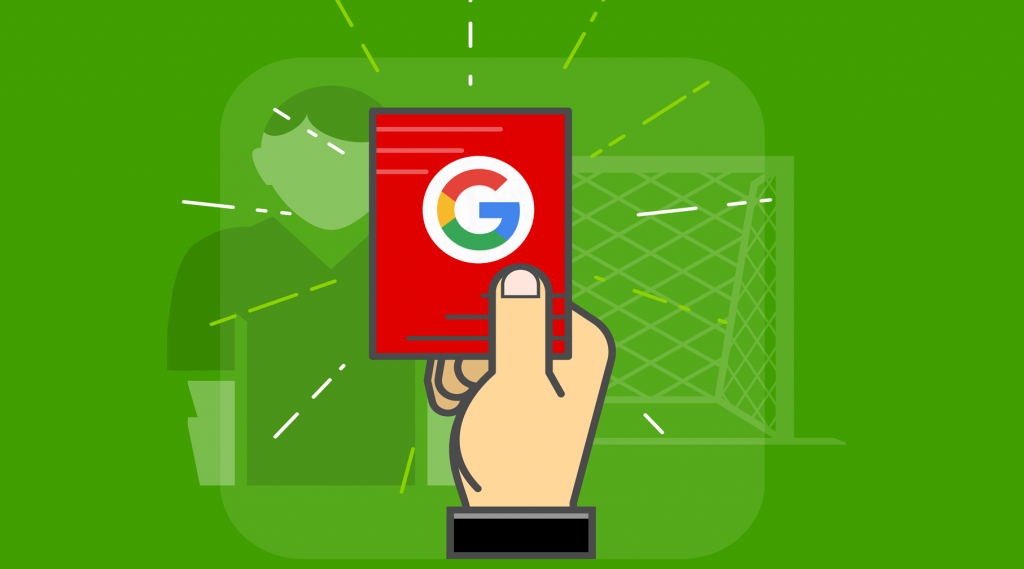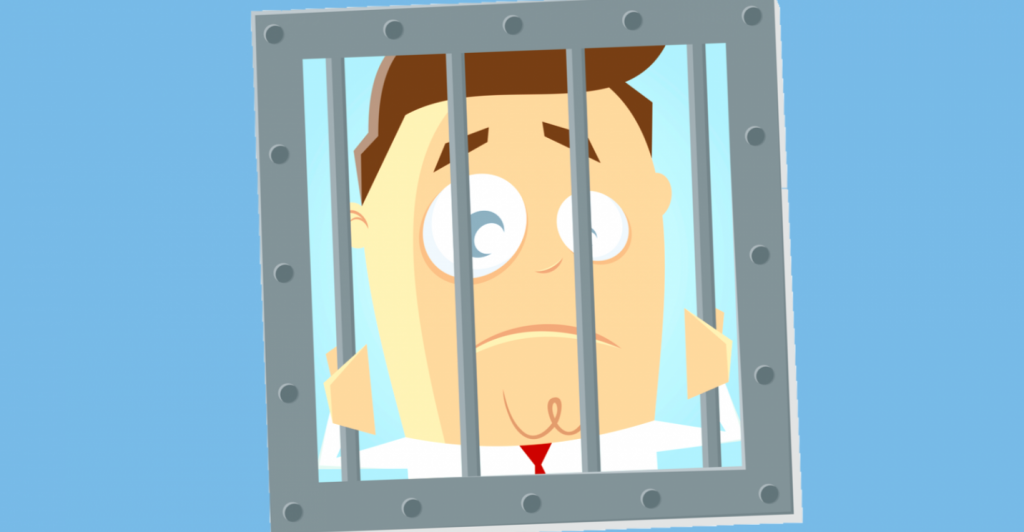SEO is a term that most website and blog owners are familiar with. It is the process of integrating Google’s algorithms to get your website on the first page of Google’s largest search engine.
If you want your website to be found at the top of Google search pages (and it should), then you will be constantly looking for ways to improve your visibility in search engines. This is essential to ensure that your website can be found by people searching relevant keywords. Your website will be lost in the vast internet world and your customers online won’t have the chance to find you.
Businesses are spending hundreds to thousands on SEO and digital marketing strategies. There are simple steps you can take to make your site more visible online. These advanced SEO tips will help you optimize your website to appear in the top Google results.
SEO Optimization – How to be found in the first Google Results
Many companies want to rank in the top Google positions.
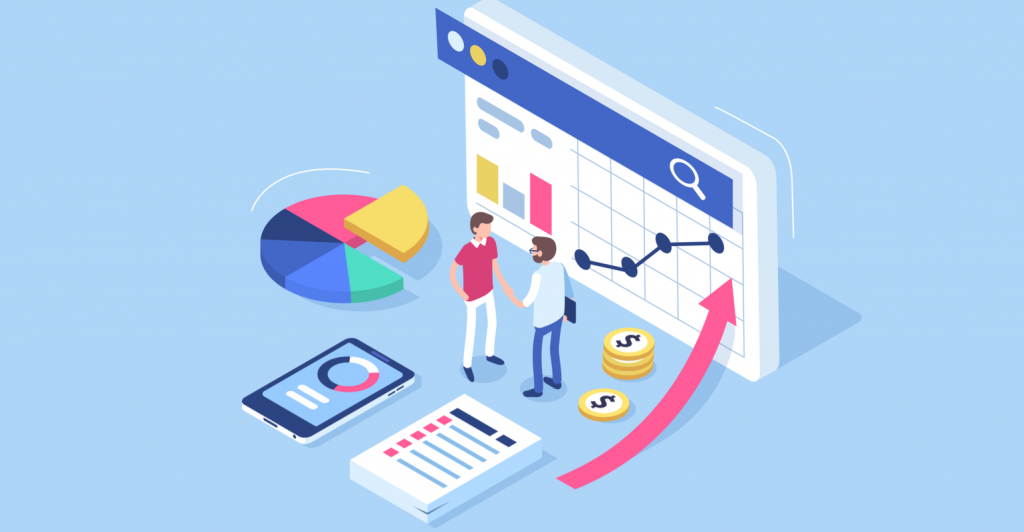
Here’s a quick guide to the steps that you need to take in order for your company or sector to be a reference. You can succeed if you have patience, technical knowledge and time.
1. Quality content
This is what it means. It’s very simple. Google perceives reality in a way that is closer to what a person would do. Google can identify web pages with unique, original, coherent, rich content and rank them high up in search results.
Don’t forget to mention that content must be relevant. How can you achieve this?
1.1 The secret to a successful positioning strategy: Searching for and selecting keywords
First, you need to identify the keywords that you wish to be positioned for. Some keywords are more competitive than others so it is important to pick the right keywords.
KeywordTool.io, SEMRush and the SEOMoz search engine are the best tools for determining your keywords. You will find the keywords for each keyword in the two tools I have mentioned. These tools can be paid but are extremely effective in determining an SEO strategy.
Any web positioning strategy must start with keyword research and search for keywords. This stage will be the foundation of your entire strategy. A bad choice here can compromise all actions and prevent you from reaching your full potential.
We are interested in keywords with the highest volume of searches and the lowest level competence. We will use the following sources to search for keywords:
- Data supplied by internal search engines
- SEMrush allows you to investigate the competition.
- Google Keyword Planner
- Google Suggest
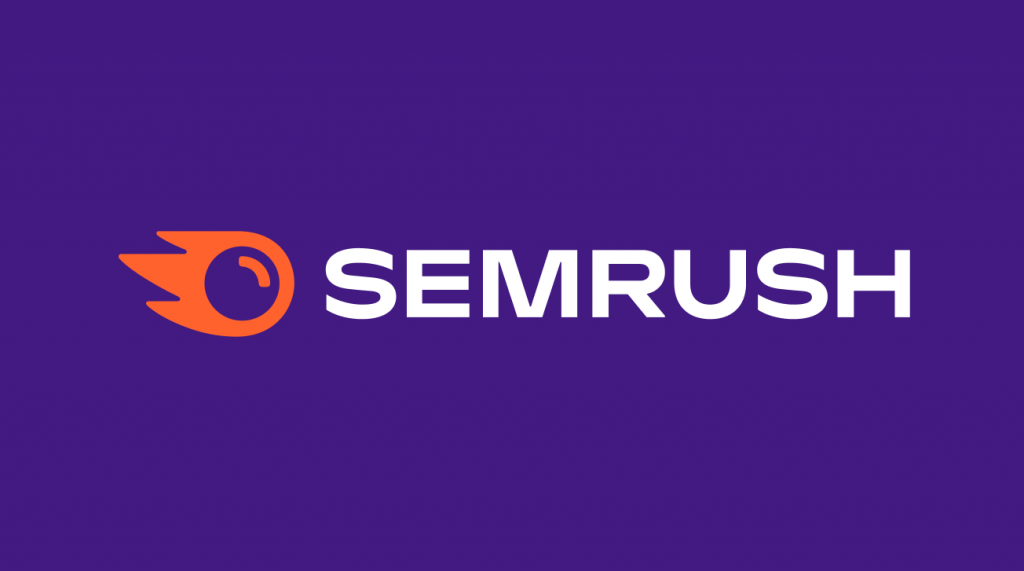
1.2 How can you select keywords for your website’s site?
We must emphasize that you don’t need to use specific keywords to get your site listed in Google searches. You can also focus on the position of the main page if you wish to have it appear on the first search results. For example, you can position your site for 2-10 keywords and position them on the main page as well as on other pages within the category.
It is best to select keywords that are popular enough, but not too many.
More searches will lead to more competition and more difficult results. A search level between 2000 and 5000 per month is a better choice. It is important to consider the location of these searches. SemRush allows us to see search results for Romania and other countries separately. We should concentrate on finding people who can purchase our product.
1.3 How do you optimize your web page for these keywords?
You need to adjust your internal SEO to be able to rank for specific keywords.
Because it will affect the page’s positioning, the keyword must be included in the meta tag (meta-title/meta-description, URL). The website must contain the keyword in its texts and subtitles. To be more competitive in similar searches, we should also include related keywords.
Off-page SEO is another area you need to focus on to position your site. This is about building links to quality pages that point back to your website from an article. These links will increase your website’s authority and help Google position your website at the top.
1.4 How to increase the site’s CTR or click-through rate
The title tag, as I mentioned in the previous section is what appears in search results. Titles that are not longer than the maximum length and attractive to users will increase our CTR (the percentage who click on the link after viewing it).
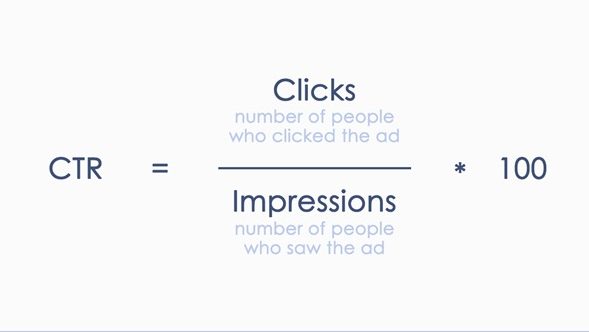
The meta description also has an impact on the CTR. The meta description, just like the title, should not exceed 160 characters and should be visually appealing. You can use too many characters to your advantage and add a call-to-action to encourage users to click on your result.
2. SEO Optimization on-Page: Add your keywords to your page.
Once the keywords have been chosen, it is time to optimize the web positioning for our page. These aspects will be developed in the future, but it is easier to keep them all together.
Optimize the title tag. This is the first attribute that search engine indexers look for when they visit a site. Google will not display any extra characters in search results if the title is too long.
Meta description is equally important. It allows us provide more information to search engines, and users who come across us via search engines. It cannot exceed 160 characters. We should use this length to give more information to the user.
Search engine friendly URLs are required. The URLs should be search engine friendly.
Search crawlers can use the header tags (h1,h2, and h3 …),) to rank content. It is easy to put in the keywords you want to position in these header tags.
Optimizing all content is important, not just text. Videos, images, infographics and other media are all critical to the page’s global positioning. Keywords must be included in the titles and descriptions of images.
It is easy to use the semantic mark. Schema is a set of HTML tags we can use to mark our content and provide search engines with information we might not otherwise be able.
To help search engines index your content, submit a sitemap. A sitemap can be submitted with images and videos.
3. Title
Every page has a title that is the equivalent of its name on your website. If you are selling accounting software to new companies, you might want to include the keyword “accounting companies” on your page. It can be used in the page title. In the content, you will present the solution, answer potential clients’ questions, show images, and offer demos to make your page more interesting.
4. Meta description
Meta description is crucial for optimizing online sites. Search engines use this information to display the results of a search. The meta description should include your keyword. This is where you will give a brief overview of the topic that you are addressing on your website page.
5. Unique content
Copy information from other websites only if it is relevant. Copying is a crime that can be punished because algorithms identify duplicate content. No matter if the page is about the product, institution, or blog, do not forget to include the keyword in your content.
Let’s say that a blog on the “accounting for new companies” has well-accessed, classified content. However, the legislation has changed and it is now outdated. Site optimization can be used to make this content more accessible.
6. Links
If you have a blog or website that has been online for some time and have published lots of content in the meantime, it is a good idea to link to older posts to optimize your pages. They have an affinity to older content.
Let’s suppose you just wrote an article on tax collection, fiscal year and new labor laws. These contents can be cited in the oldest posts to improve both pages’ positioning.
Search engines love links. They are drawn to more information, and the more you can provide the user with details, the greater the chance of them being satisfied.
7. Image optimization
When it comes to blogs and websites, images play an important role. Images are a crucial part of SEO optimization. Imagine that you have an online shop and your products are photographed from various angles. Highlighting details can be highlighted, for example. If the photos aren’t properly named using the keyword that describes the products, none of these options will work. It is important to examine the image attributes when optimizing websites.
We optimize text only, and neglect the rest of content. But, we can position our SEO for images. We will therefore respect the following guidelines:
- Include keywords in the file name of your image.
- Include keywords in the title
- Search engines cannot see images as we can. Search engines can’t see images like we do. The “alt” tag contains valuable information.
Page loading speed is determined by the size of the image. You must ensure that you choose the right images without sacrificing their quality.
The format of images can also influence search engines. Search engines prefer.png and.jpg formats to the other formats.
It also sends search engines an image from the sitemap, which is what we had expected, to aid in indexing.
8. SEO positioning is becoming more important for video formats
In recent years, Google has placed greater importance on this content format. You can see that Google already displays video results in its top searches. Therefore, we must incorporate optimization of this content into SEO strategies. The following criteria will guide us:
First, the video should be appealing and have value. If the video is not interesting to anyone, it won’t be possible to use the criteria we will see below. It will also not be shared or voted on and will be lost the positioning.
The techniques for positioning video are very similar to those used for text positioning. It must include keywords and be appealing. The maximum length of the title should not exceed 60 characters. We will position it on YouTube as well as Google.
Video positioning is also dependent on the description. Make sure you optimize it. These lines will appear in search results. Make sure they are more descriptive and attractive.
Always label the video, thinking about the user’s search.
Social media is crucial for positioning videos. To allow people to comment, vote, and share the video, you can configure privacy.
You can embed the video on any platform you own, as long as they all follow the same theme.
Finally, submit a Google sitemap for indexing all videos on your website.
9. Mobile-friendly websites are essential
2015. 2015 saw a smartphone penetration rate 81%. 78% of internet users reported using smartphones to surf the Internet every day.
Additionally, these devices bring in double the web traffic each year.
As you can see, adapting your website for mobile devices is not an option but a requirement. Mobile monitors have their limitations (small screens, poor keyboards, low power, etc. ).
Slow-loading pages can cause users to be impatient, which will decrease the time they spend on your site. This will impact your SEO position long-term.
10. Optimize your page’s loading speed
SEO positioning is all about loading speed. An e-commerce website will lose hundreds of customers for each extra second it takes to load its products.
It is therefore important to optimize all factors that affect loading speed. Images have a significant influence on loading speed, but they are not the only factor.
Google Speed and Gtmetrix can diagnose the page and suggest improvements to be made.
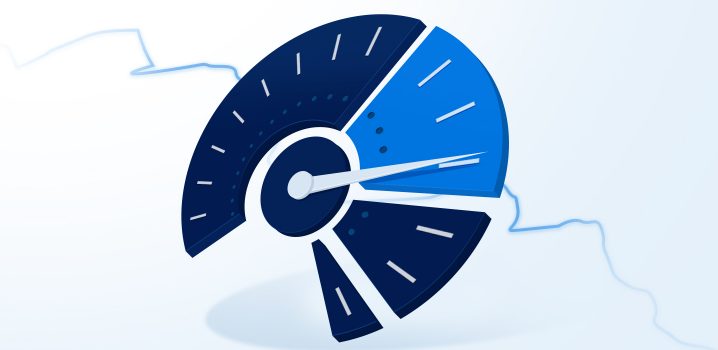
Analysing is key to improving our internet positioning strategy
Every action taken in digital marketing should have a specific goal. Once we have established our SEO positioning strategy, it is time to analyze the results and make improvements.
SEO professionals have access to a variety of tools, both free and paid.
Google tools for webmasters analyse the errors on your website and track any problems Google encountered when indexing your content.
Google Analytics is Google’s primary analysis tool. It provides valuable information such as the average time spent on visits, rejection rates, and the type of device that we receive traffic. It also provides information on the terms under which we get traffic.
Rank Tracker, Rank Tracker and Rank Checker provide information about where we are for each keyword. This information is getting less accurate as search results are dependent on where we live, what our search history is, and recently on who we have in our Google Plus circles.
